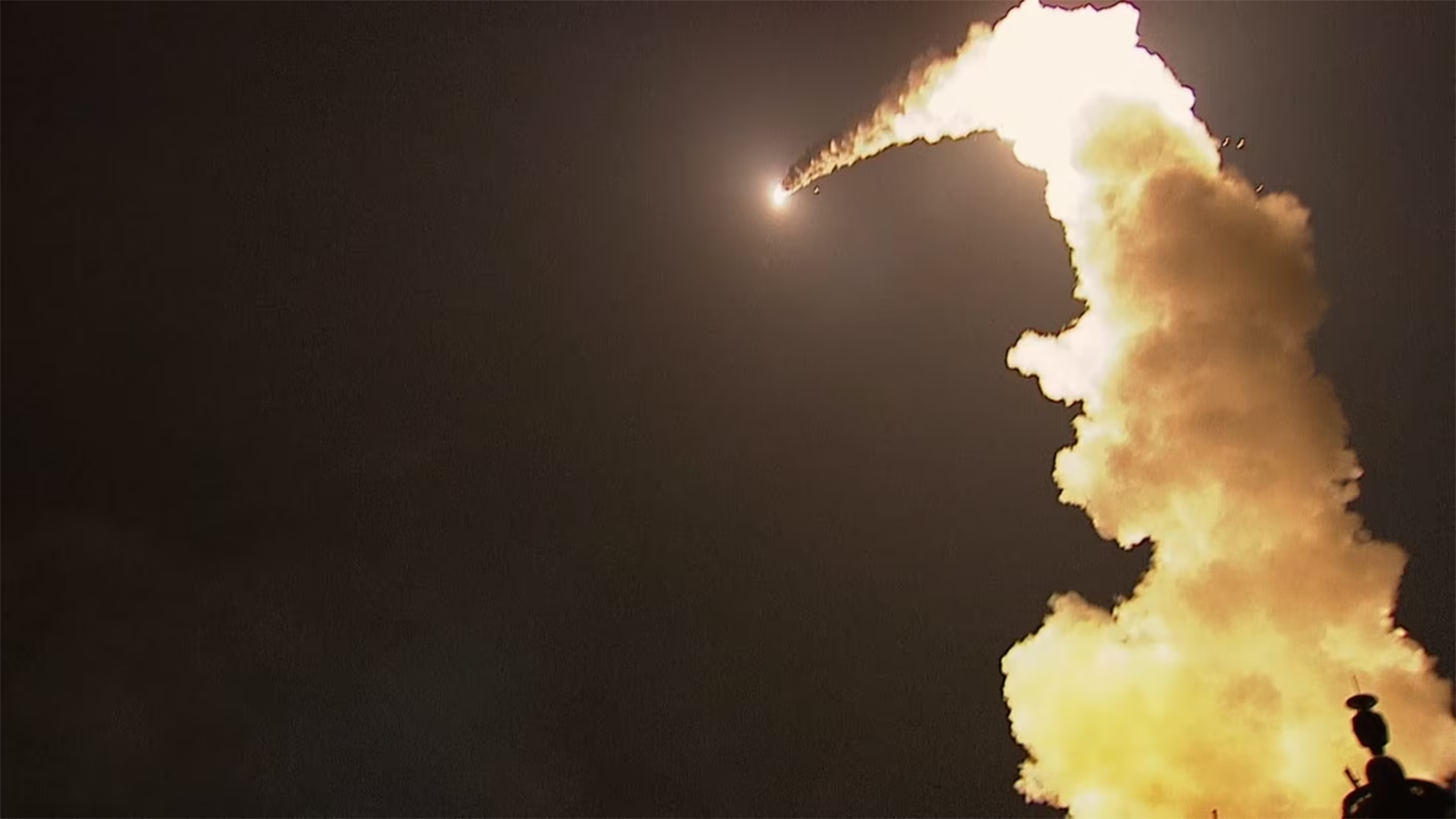Stay Up to Date
Submit your email address to receive the latest industry and Aerospace America news.
U.S. general shares rationale for possible shift of anti-missile organization to his command, but stops short of confirming the shift
SPACE SYMPOSIUM, Colorado Springs, Colorado — Control of an influential U.S. missile defense organization could be shifted to U.S. Space Command, a multi-service command reestablished in 2019 amid mounting tensions with China over its behavior in space.
The organization in question, the Joint Functional Component Command for Integrated Missile Defense, “advocates for and recommends acceptance of missile defense capabilities,” according to a fact sheet. JFCC IMD is based at Schriever Space Force Base, Colorado, and is currently part of U.S. Strategic Command.
“We’re always looking to optimize processes and procedures and unit alignments, if you will, and mission alignments within the department. So, that’s about as far as I think I’ll go,” Army Gen. James Dickinson, commander of U.S. Space Command, said during a press briefing here when I asked about the possible shift. He characterized my question as “predecisional.”
But Dickinson, who once led JFCC IMD, was happy to elaborate on the rationale for such as shift without confirming it.
“I have the responsibility that’s been given to me by the department and the president to be the global sensor manager, and as such, feed into understanding what’s going on in the space domain, not just understanding kind of the administrative type things of things that are happening with satellites, but more the characterization of those satellites,” he said, referring to spacecraft of potential U.S. adversaries.
Dickinson said JFCC IMD has “sensors that can help with that.” As examples of such “nontraditional” sensors, he cited the country’s mobile, ground-based TPY-2 missile defense radars and also “maritime platforms.” He said these could help ensure “that I’ve got better space domain awareness.”
About Ben Iannotta
As editor-in-chief from 2013 to March 2025, Ben kept the magazine and its news coverage on the cutting edge of journalism. He began working for the magazine in the 1990s as a freelance contributor. He was editor of C4ISR Journal and has written for Air & Space Smithsonian, New Scientist, Popular Mechanics, Reuters and Space News.
Related Posts
Stay Up to Date
Submit your email address to receive the latest industry and Aerospace America news.




